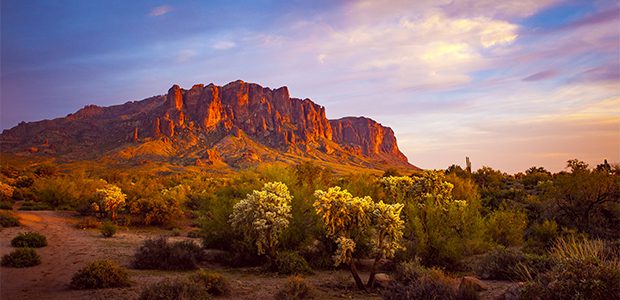Learn how you can prepare your yard for the heat this spring with these easy tips.
SPRING COLOR
This is the time of year we spend a lot of time in our yards enjoying the weather. Why not add some spring color to your home by displaying colorful annuals in decorative pots. A simple pot of brightly colored flowers by your front entrance or several around your patio area makes your time outdoors even more enjoyable. Now is also the time to add color to your landscape. With many new varieties of plants on the market, it’s easy to end up with a garden full of mismatched plants. So, before you start digging, learn what you can do to get your garden blooming at its best.
Here are a few tips for your spring landscape planting:
Pick a color scheme. Choose colors you like that also look good with your house. Red may be your favorite color, but it will clash against a rust-colored brick. Popular schemes include hot or cool color borders (reds, oranges, and yellows or blues, violets, and greens) or an all white garden (sometimes called moon gardens because the flowers seen to glow in the moonlight).
Find balance. Keep vertical elements (such as tall shrubs or flowers) in check with horizontal ones (groundcover or low, clumping shrubs). Create a sense of continuity in the garden by repeating similar groupings of plants, colors, or flower shapes in different pots.
Keep it in proportion. When buying young plants, be sure to check their mature height and spread. Graduate the heights of your plants so there isn’t a huge gap between the tallest (usually planted at the back) and the shortest.
DEADHEADING
Deadheading is the term used for removing spent blossoms. Cutting or pinching off the dead flowers prolongs the blooming period. A plants job is to produce seed. If you remove the old blooms with the seeds, the plant has to make new flowers to make new seeds.FERTILIZATION
Flowers are heavy eaters and will require both nitrogen and phosphorus. Nitrogen will promote vegetative growth while phosphorus is for healthy roots and reproduction (which includes flowers).
REMOVING FROST DAMAGE
Frost damage is easy to recognize on most plants. There is dieback of leaves, stems and shoots; there is also the drying, blackening and death of fruit, flowers and dormant flower buds. It’s not pretty; the damage may affect from small portions to the entire plant. The temptation can be to prune out the damage right away. Pruning too early can stimulate new growth; these tender new shoots are particularly susceptible to frost and can move the frost damage further into the main part of a plant. Leaving the frost damaged leaves and stems on the outer parts of the plant can actually help to insulate the plant by helping to trap warm air around the plant. It isn’t attractive but, this mass of leaves continues to protect your plant. The danger of further damage is not the only reason to hold off on removing frost-damaged plant parts. Frost damage can be deceptive. New growth can sprout from stems that looked dead. Don’t prune until new growth begins and you can see for sure what parts of your plant survived. Otherwise, you might prune too severely and ruin the shape or vigor of your plant.
HARD AND NATURAL PRUNING
Selective, natural pruning can extend the life of a plant for many years. During natural pruning shrubs are cut down to about 18” in height. This removes most of the foliage and may leave the plant looking bare but this rejuvenates the plant to encourage new growth on the lower part of the plant. Secondary buds located on the lower part of the plant are activated to create new growth. As the shrub begins to grow back, more selective pruning is done to thin out the center of the shrub so more energy is put into producing flowers. Plants are designed to produce flowers and this process encourages more flower production. It also gives the shrub a more natural look while keeping the shrub in its allotted space without having to shear it. In general, most shrubs will grow into their natural shapes without any pruning at all. However, they can become overgrown and crowded making them a nuisance. Natural pruning helps them maintain their natural shape. Plants carefully pruned will retain growth from this year, last year and the year before, which allows for the widest range of flowering wood.









